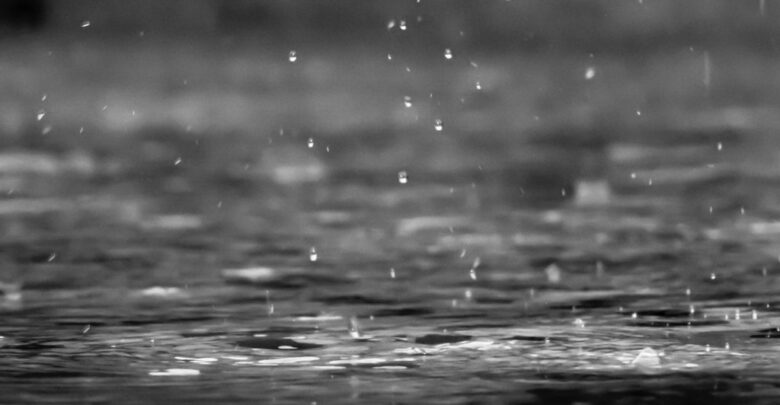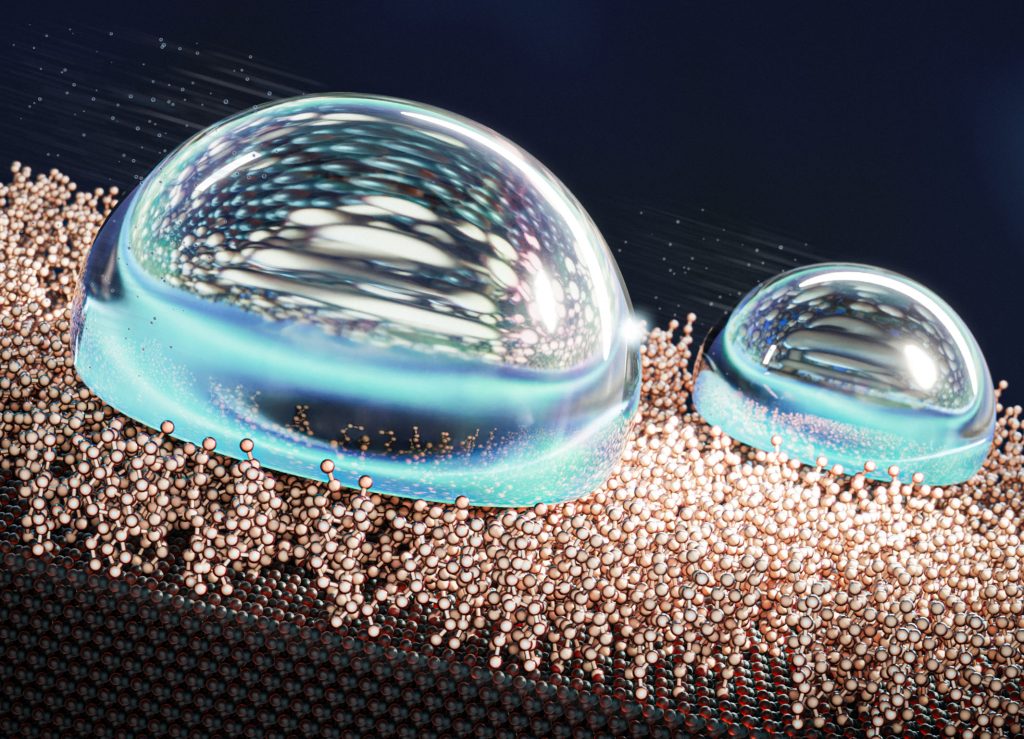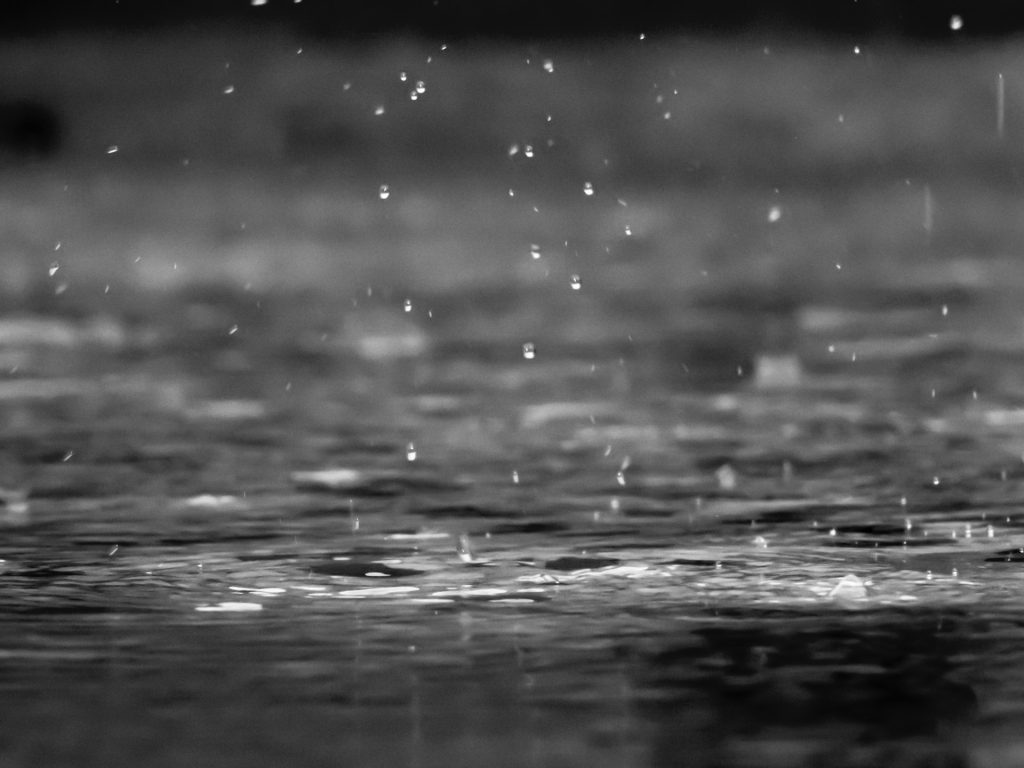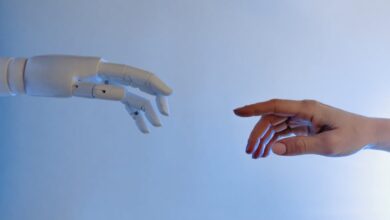

The most water-repellent surface of all time has been created, according to scientists.
They say plumbing, smartphones, cars and boats could all be improved by the development.

Researchers at Aalto University in Finland went down a “new avenue” – studying just how slippery water molecules are and creating the “slipperiest liquid surface in the world.”
The new mechanisms repel water by making droplets slide off surfaces.
In order to have that effect, the authors made solid silicon surfaces with a “liquid-like” outer layer.
The highly mobile topcoat acts as lubricant between the product and the water droplets.
Study lead author Sakari Lepikko said: “Things like heat transfer in pipes, de-icing and anti-fogging are potential uses.
“It will also help with microfluidics, where tiny droplets need to be moved around smoothly, and with creating self-cleaning surfaces.
“Our counterintuitive mechanism is a new way to increase droplet mobility anywhere it’s needed.”
Experts could fine-tune how much of the liquid coat, dubbed self-assembled monolayers (SAMs), covered the silicon product.

Doctoral candidate Lepikko explained that silicon product was just as slippery whether they covered it with a lot of SAM, or very little.
He said: “Our work is the first time that anyone has gone directly to the nanometre-level to create molecularly heterogenous surfaces.
“I find it very exciting that by integrating the reactor with an ellipsometer, that we can watch the self-assembled monolayers grow with extraordinary level of detail.
‘The results showed more slipperiness when SAM coverage was low or high, which are also the situations when the surface is most homogeneous.
“At low coverage, the silicon surface is the most prevalent component, and at high, SAMs are the most prevalent.
“It was counterintuitive that even low coverage yielded exceptional slipperiness.”
Next the team will look at how to improve the layer.
Lepikko added: “The main issue with a SAM coating is that it’s very thin, and so it disperses easily after physical contact.
“But studying them gives us fundamental scientific knowledge which we can use to create durable practical applications.”
The Aalto University team is keen to pioneer the studying of just how slippery water molecules are.
Researchers from the University of Jyväskylä also contributed to the work published in the journal Nature Chemistry.
Produced in association with SWNS Talker





